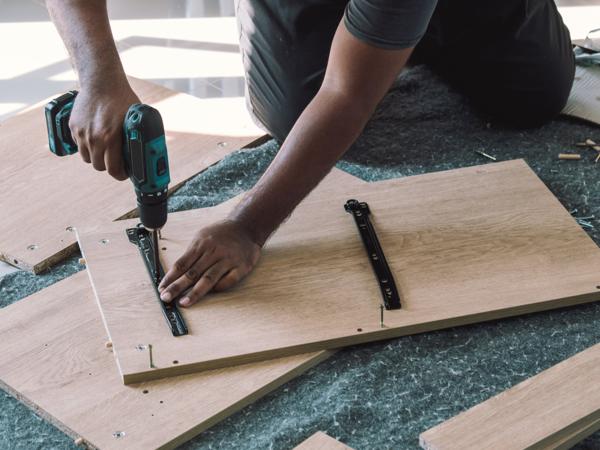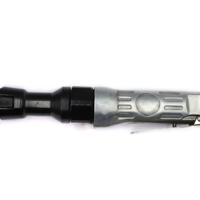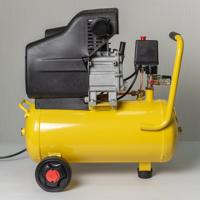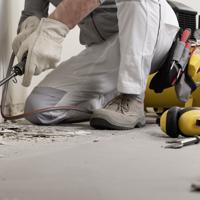Woodworking is an ancient craft that continuously evolves with technological advances. Pneumatic power tools now play a vital role in modern woodworking applications, offering flexibility, efficiency, and precision that can satisfy both hobbyists and professionals alike.
Pneumatic Nailers and Staplers
In woodworking, fastening is a fundamental process. Pneumatic nailers and staplers are essentials in this regard, allowing for quick and accurate nailing or stapling. These tools use compressed air to drive nails or staples into wood with minimal effort from the user.
- Framing Nailers are powerful and suitable for heavy-duty projects like building decks or framing a house. For more information on choosing the right nailer for your project, see our guide on choosing the right nailer or stapler.
- Brad Nailers are smaller and ideal for delicate work such as cabinetry or furniture assembly.
- Staplers are commonly used for upholstery projects or when working with thin sheets of wood.
Using pneumatic nailers and staplers can significantly speed up construction processes while providing a cleaner, more professional finish. For some thoughtful insights into selecting the right tool for your project, see our guide on best pneumatic nailers for enthusiasts. Wood Magazine also offers comprehensive guides and reviews.
Air Sanders
Sanding is crucial in achieving a smooth, even surface on wooden pieces, but it can be time-consuming and labor-intensive. Air sanders relieve much of this burden, offering various types to fit different needs:
- Orbital Sanders are excellent for fine finish work. (While not explicitly mentioned, Top Air Sanders for Smooth Finishes often include orbital sanders.)
- Random Orbital Sanders provide versatility, as they move in both elliptical and circular patterns to prevent swirl marks.
- Straight Line Sanders are akin to hand sanding and are useful for reaching into corners or working on surfaces that require linear strokes.
These tools help improve the quality of the finish and reduce work time. It’s advisable to keep the compressor’s settings in mind to avoid accidental wear on the wooden surface. Using air tools effectively, as described in this guide to using air tools in woodworking, is key.
Woodworking Drills and Drivers
Drilling precise holes with accuracy and speed is achievable with pneumatic drills. They are often lighter than electric drills, reducing fatigue during extended use. Key applications include:
- Drilling holes for dowels, screws, or other fasteners.
- Driving screws quickly without causing splits in the wood.
Air drills deliver consistent performance, particularly in industrial settings where reliability is paramount.
Pneumatic Routers
Routers are essential in adding any edge design, hollowing out, or trimming wood. Pneumatic routers offer a lightweight alternative with the same capabilities as their electric counterparts. They’re often preferred for intricate tasks due to their ease of handling and control.
Whether creating decorative edges or cutting intricate designs, pneumatic routers can be a reliable partner in both creative and functional woodworking applications.
Remember, the heart of a pneumatic tool’s efficacy lies in the quality and maintenance of its air compressor. This pivotal aspect ensures these tools receive the air pressure needed to function optimally. For those eager to delve further into integrating these tools in your workshops, the Family Handyman offers some engaging project ideas and resources to explore. For more DIY project inspiration using air tools, check out our guide on DIY Projects with Air Tools.
Pneumatic power tools are unobtrusively paving the way for innovative woodworking applications. Whether you’re embarking on a DIY project at home or expanding a professional workshop, there’s a fitting pneumatic tool to cater to your ambitions with wood.




